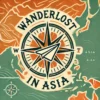One of the most eye-opening and memorable experiences during our short time in Cambodia was a half-day sunset tour to Kampong Phluk, a traditional stilted village of about 3,000 people located on the edge of Tonlé Sap Lake. I’ll admit— I was feeling pretty tired on the 45-minute, bumpy ride down dusty backroads to get there. I was questioning whether this detour was worth the effort. But as we pulled into the village and saw the towering stilt houses and children playing below them, something shifted. This—this right here—is exactly why we came to Asia. To see a way of life so completely different from our own, up close and real. And what started as a reluctant outing quickly turned into a moment that will stay with me long after the trip is over.
The village is built entirely on towering stilts to withstand the extreme changes between the dry season (roughly November to May) and the wet season (June to October). During the wet months, the entire area transforms into a vast, flooded landscape where homes appear to float, and boats become the only way to get around. In the dry season, however, the lake recedes and the same homes tower over dry, cracked earth.
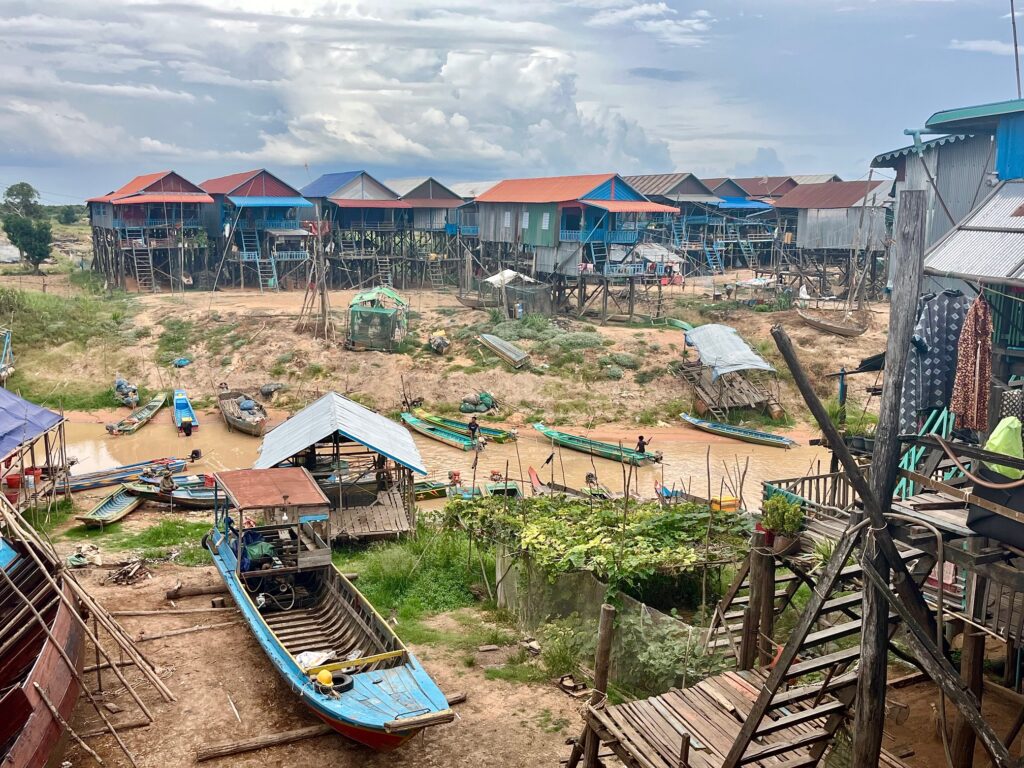
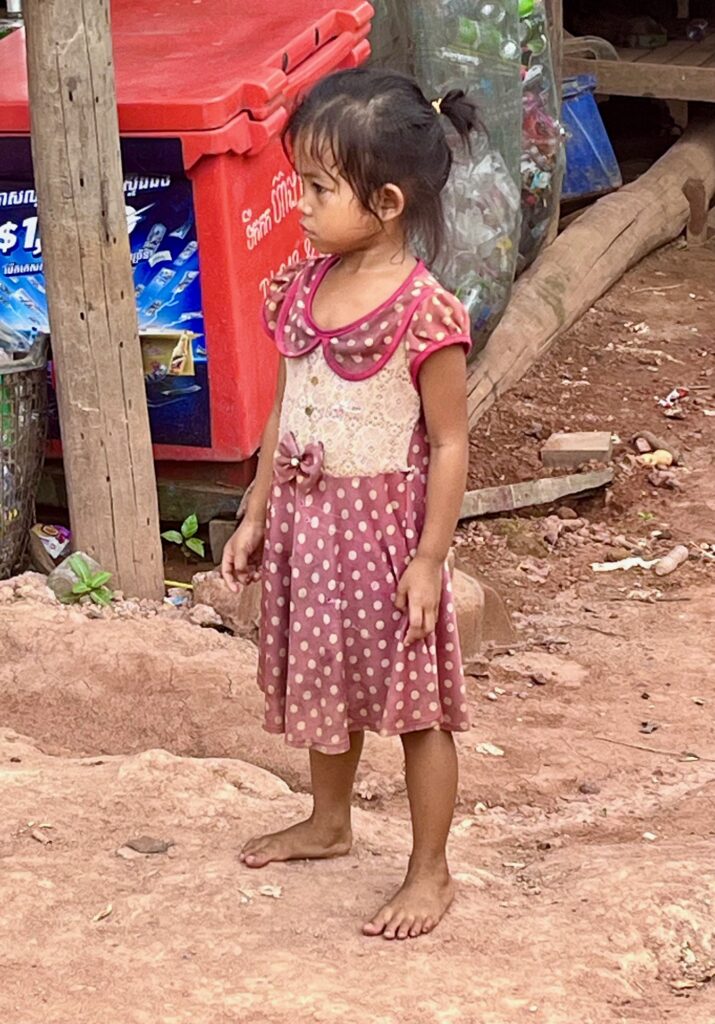
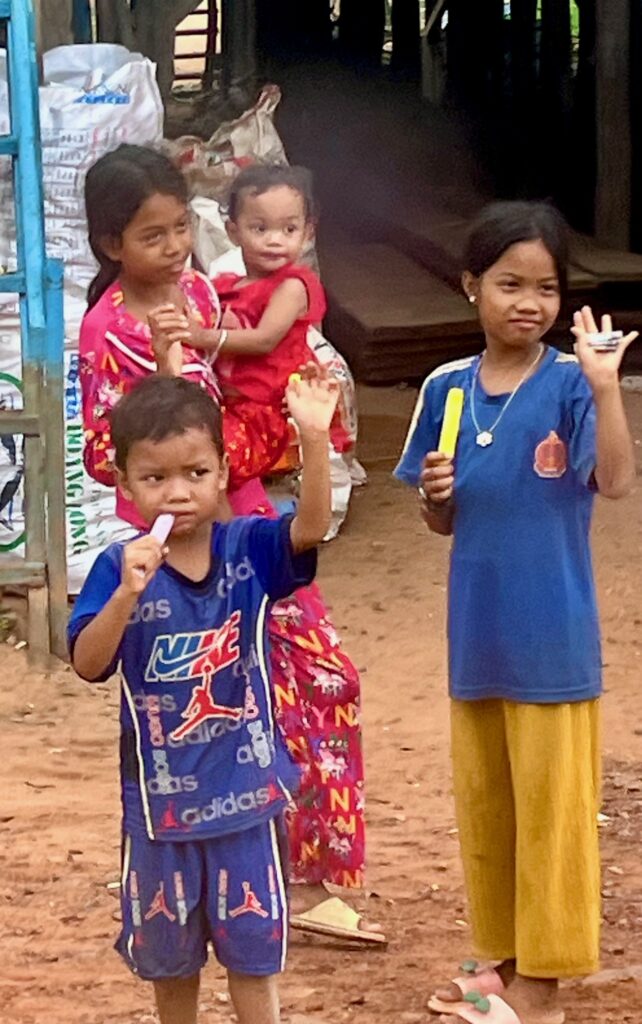
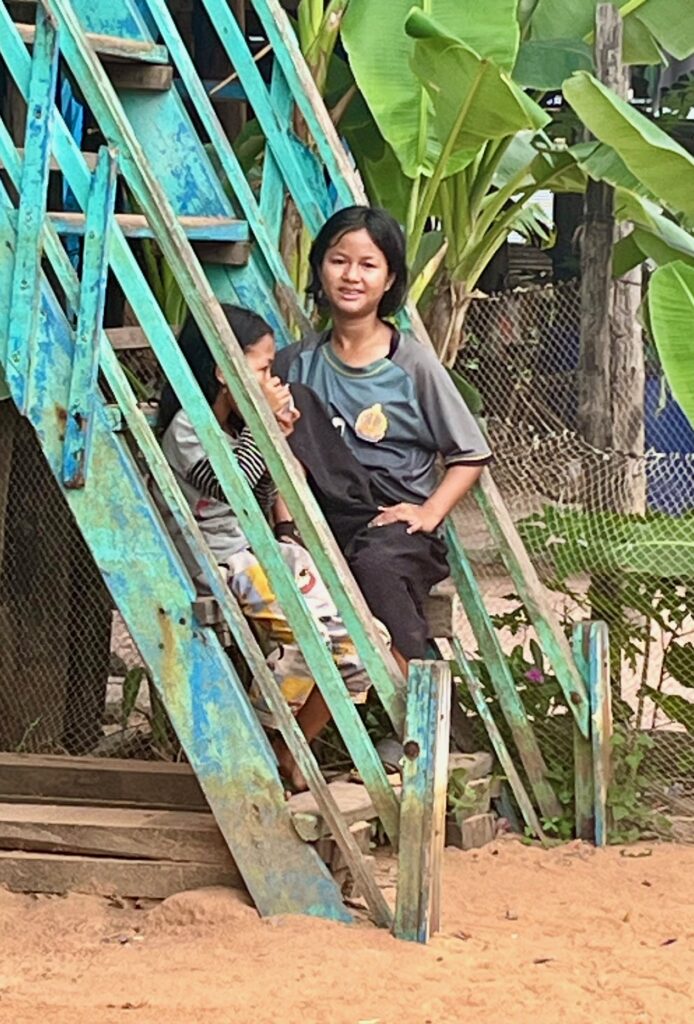
Since we visited during the dry season we were able to walk along the dirt roads between these dramatic, sky-high wooden houses. Our guide shared that these homes typically house between 10-12 people with several generations living under one roof. One highlight was getting to visit a local family’s home with our guide, where we saw how they live —an open-air kitchen elevated high above ground, limited plumbing, and clever use of space. We also got to interact with locals. The kids where excited to see us and ran out of their houses to wave…clearly they are used to tourists.
The tour wrapped up with a boat ride through the mangroves and out onto Tonlé Sap Lake (was supposed to be for sunset, but turned into a kind of stormy night instead). Tonlé Sap Lake, located just south of Siem Reap, is the largest freshwater lake in Southeast Asia—and one of Cambodia’s most important natural resources. What makes it truly unique is its seasonal changes during the wet season the lake swells to more than five times its dry-season size, thanks to a rare phenomenon where the Tonlé Sap River actually reverses direction. This flooding creates an incredibly rich ecosystem and supports millions of people and plays a vital role in the region’s fishing and farming economies.

